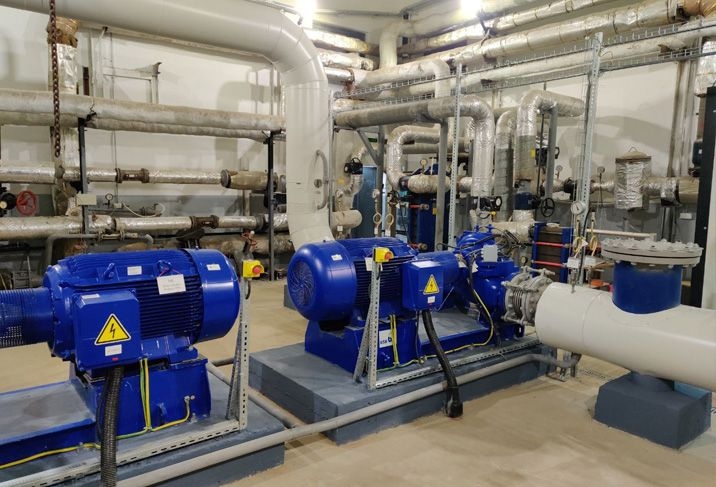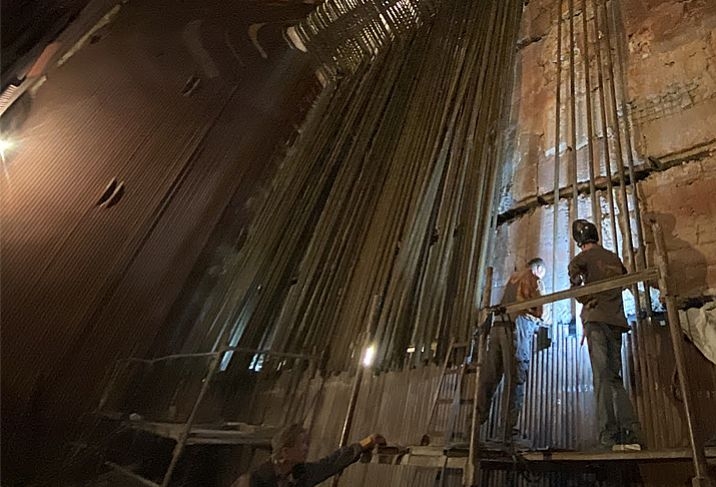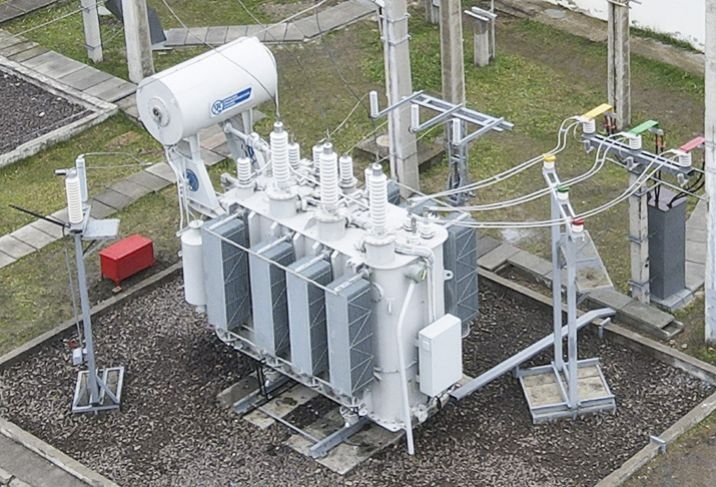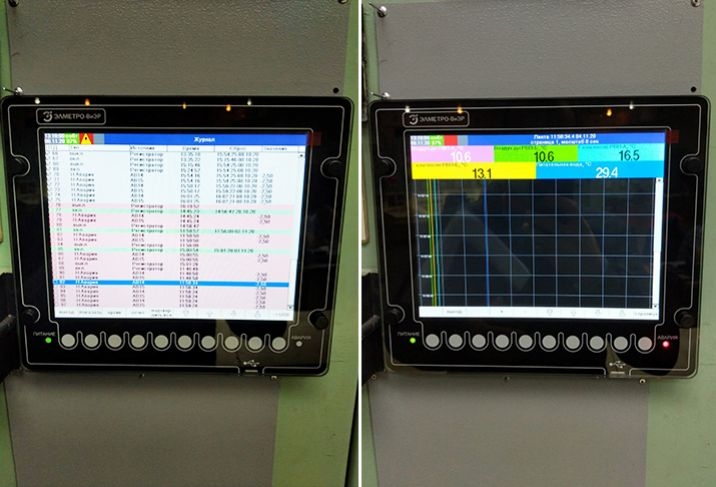
Hydropower is a field of energy in which the energy of a water stream is converted into electricity. The basis of this industry is hydroelectric power plants, which use water mass movement in channel streams and tidal currents as a source of energy.
The main types of hydropower plants are:
- Conventional (dams);
- Pumped-storage;
- Run-of-the-river;
- Tide.
Conventional (dams).
Most hydroelectric power comes from the potential energy of dammed water driving a water turbine and generator. The power extracted from the water depends on the volume and on the difference in height between the source and the water's outflow. This height difference is called the head. A large pipe (the "penstock") delivers water from the reservoir to the turbine.
Pumped-storage.
This method produces electricity to supply high peak demands by moving water between reservoirs at different elevations. At times of low electrical demand, the excess generation capacity is used to pump water into the higher reservoir. When the demand becomes greater, water is released back into the lower reservoir through a turbine. Pumped-storage schemes currently provide the most commercially important means of large-scale grid energy storage and improve the daily capacity factor of the generation system. Pumped storage is not an energy source, and appears as a negative number in listings.
Run-of-the-river.
Run-of-the-river hydroelectric stations are those with small or no reservoir capacity, so that only the water coming from upstream is available for generation at that moment, and any oversupply must pass unused. A constant supply of water from a lake or existing reservoir upstream is a significant advantage in choosing sites for run-of-the-river. In the United States, run of the river hydropower could potentially provide 60,000 megawatts (80,000,000 hp) (about 13.7% of total use in 2011 if continuously available).
Tide.
A tidal power station makes use of the daily rise and fall of ocean water due to tides; such sources are highly predictable, and if conditions permit construction of reservoirs, can also be dispatchable to generate power during high demand periods. Less common types of hydro schemes use water's kinetic energy or undammed sources such as undershot water wheels. Tidal power is viable in a relatively small number of locations around the world. In Great Britain, there are eight sites that could be developed, which have the potential to generate 20% of the electricity used in 2012.




